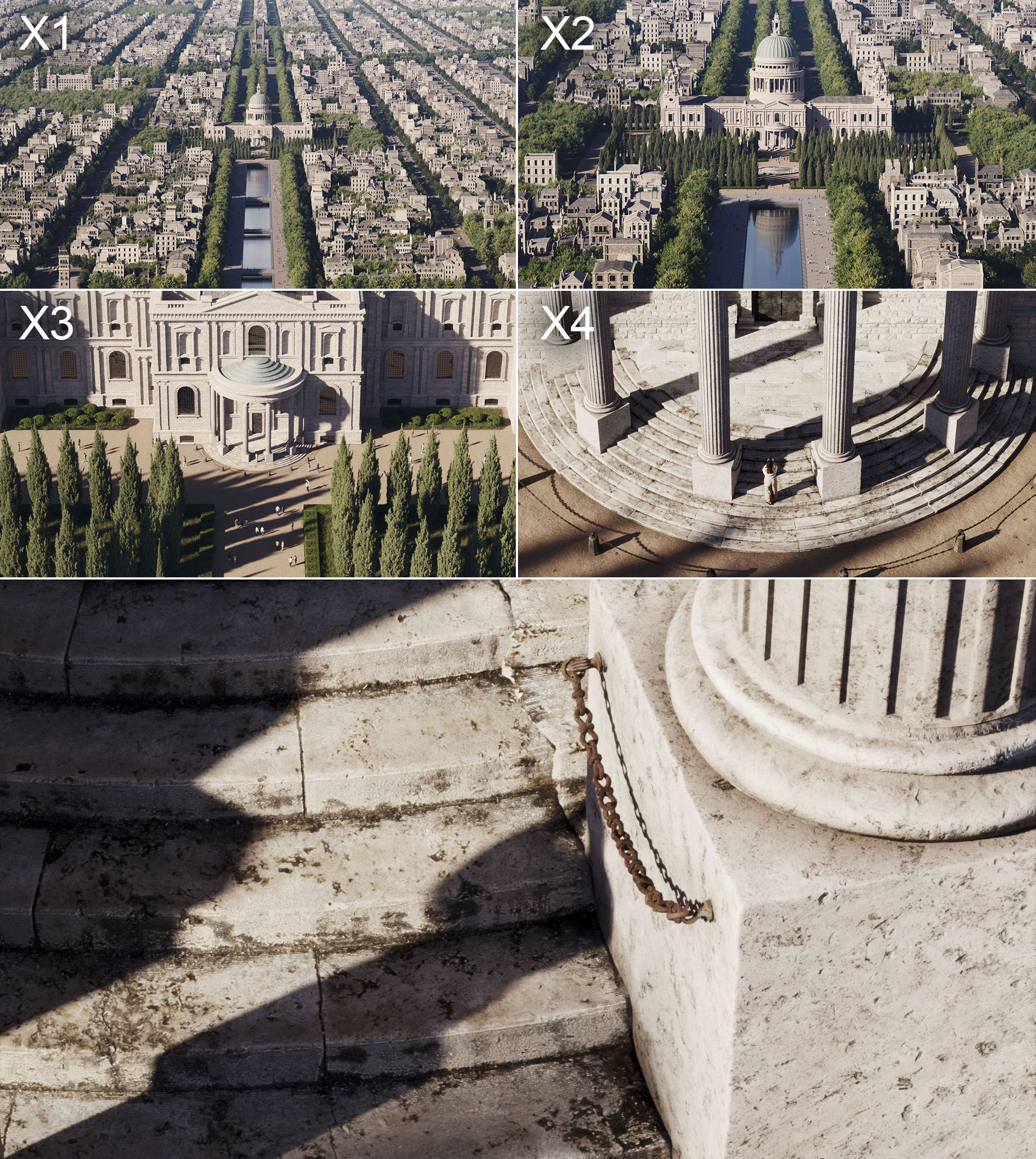Author:AXYZ DESIGN
Date:2022-01-28
AXYZ CONCEPTS
LEVELS OF SCALE
Although architects justify their creations by claiming that they have "human scale" the reality is that the best buildings must function at several scales, all of them perceptible to our senses. All of them human.
On a territorial scale, the building can be a landmark that helps people to orient themselves in space - and sometimes in time - as was once the case with the bell towers that towered over the skyline of a city and whose chimes set the tone for the life of the district.
On an urban scale, it helps to shape the space in which it is inserted, as one more in a humble corridor street (lining up with its neighbors in a gesture of urbanity) or as the protagonist of an important space of civic coexistence (embracing a square or visually finishing off a boulevard).
On a pedestrian scale, its proportions and the play with the dimension of some elements with respect to the whole - doors, windows, cornices, foundations - can completely alter our perception of its real size and provoke that reaction so typical when we finally get to know a building physically after having seen it only through photographs: I imagined it bigger! (or, less frequently, I imagined it smaller! when for example the floors are grouped two by two making the size of the building seem half of what it is).
If we continue down the scale of perception, elements may in turn have a configuration or "texture" that again forces us to weigh the actual size of what we see (such as the panels dividing a door, the relative size of a handle or lock, or certain pieces of furniture slightly larger or smaller than normal).
The most intimate level of scale is that which is appreciated by touch as we pass our hand over the molding or padding of a plinth, over the joint at the juncture between two materials, over a handrail, over the lip of a step already burnished by generations of use, or over a particularly rough plaster, discovering with astonishment that the information we receive when we touch it contradicts our expectations when we approach it. Sometimes, only touch - "the eyes of the skin"- gives us the real measure of something.

ABOUT THE AUTHOR

Iago López is a Spanish architect with over 20 years of professional experience both in Spain and Mexico. He began his professional career working for 6 years in two renowned Spanish firms: Carme Pinós and José Antonio Martínez Lapeña-Elías Torres (both recipients of the National Award of Architecture).
After winning a design competition in 2004, he began a ten-year period as an independent professional in which he designed and built two public housing buildings (one of which received an honorable mention in the awards of the Architects Guild of Galicia); as well as a large government office complex, a restaurant and several single-family houses.
In May 2014 he arrived in Mexico to participate for two years in the construction of the BBVA-Bancomer Headquarters Tower. He is currently working as Design Director at NMS Capital and he has a fascinating blog on architecture and music called “Bailar sobre arquitectura”.